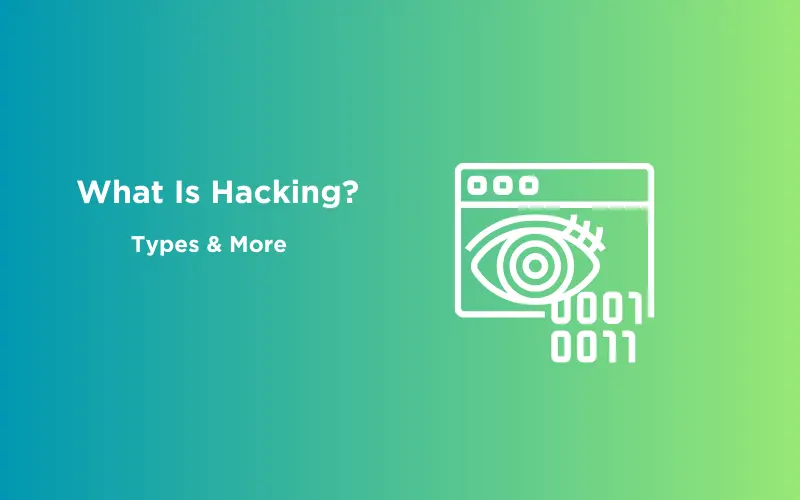
What Is Hacking? Types of Hacking & More
Sep 27, 2024 6 Min Read 9780 Views
(Last Updated)
Have you ever wondered what hacking is all about? It’s a big deal in today’s tech-heavy world, and it can be both fascinating and scary. In this blog, we’re going to explore hacking in simple terms so that you can understand it better. We’ll look at the different kinds of hacking that exist.
For example, there are hackers who try to steal your passwords and others who fight to protect your information. Some hackers even have strong beliefs and use their skills to support their causes. It’s a bit like a digital battlefield out there.
By the end of this blog, you’ll have a better understanding of what hacking is all about, why it matters, and how you can protect yourself in the digital world. So, let’s begin this journey to unravel the mysteries of hacking in a simple and understandable way.
Table of contents
- What Is Hacking?
- Historical Context: The Emergence of Hacking Culture
- Types of Hacking
- Black Hat Hacking
- White Hat Hacking
- Gray Hat Hacking
- Hacktivism
- Script Kiddies
- Motivations Behind Hacking
- Hacking Techniques
- Phishing
- Malware (Malicious Software)
- Social Engineering
- Brute Force Attacks
- Hacking and Cybersecurity
- The Importance of Cybersecurity
- Cybersecurity Best Practices
- Famous Hacking Incidents
- Stuxnet Worm (2010)
- Sony Pictures Hack (2014)
- Equifax Data Breach (2017)
- WannaCry Ransomware (2017)
- SolarWinds Cyberattack (2020)
- Conclusion
- FAQs
- What is the difference between white hat and black hat hacking?
- Are all hackers criminals?
- How can I protect myself from hacking?
What Is Hacking?
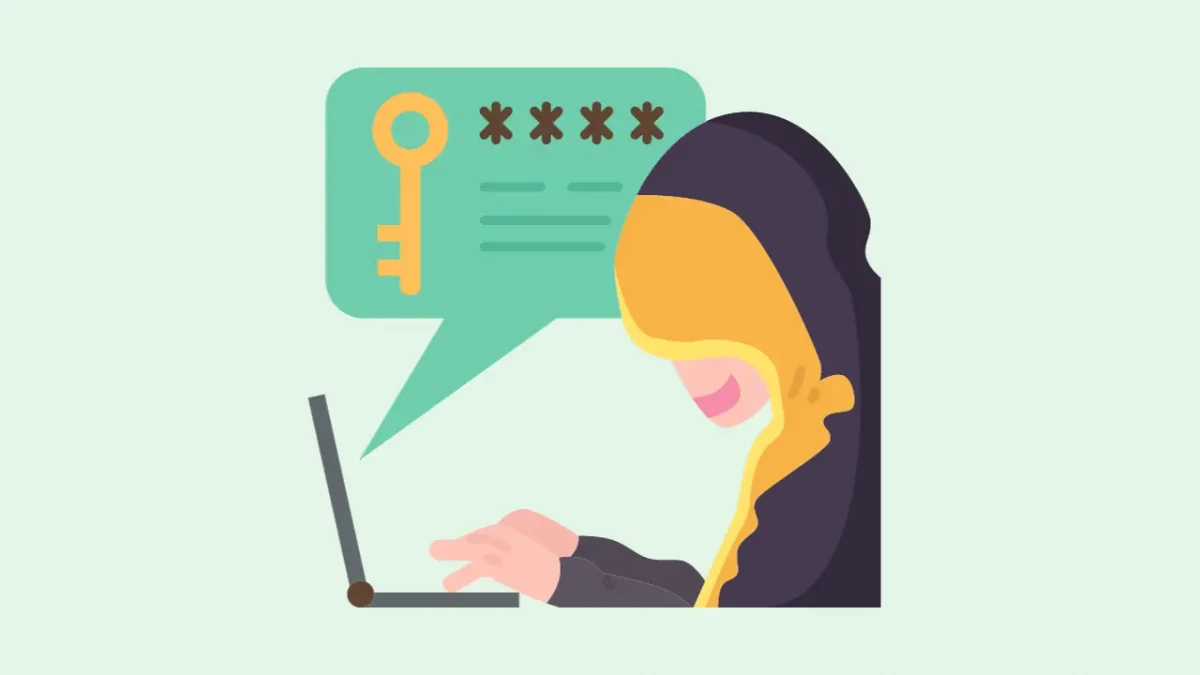
Hacking is the practice of gaining unauthorized access to computer systems or networks, typically for the purpose of discovering, exploiting, or manipulating vulnerabilities. It involves manipulating or bypassing security measures to access data, control systems, or disrupt digital operations. Hacking has evolved significantly over time.
It initially emerged as a term related to clever and creative problem-solving. Early hackers were computer enthusiasts who explored and modified computer systems to better understand them. However, the term has since taken on a dual meaning, encompassing both ethical hackers who improve cybersecurity and malicious hackers who engage in criminal activities.
Additionally, if you want to begin with Ethical Hacking & Cybersecurity through a self-paced course, try GUVI’s Cyber Security and Ethical Hacking course.
Historical Context: The Emergence of Hacking Culture
The hacking culture traces its roots to the 1950s and 1960s when computer technology was in its infancy. Early hackers were curious individuals who wanted to explore the limits of computer systems and software. They shared knowledge and hacks to make systems work more efficiently.
In the 1970s and 1980s, hacking culture expanded with the advent of personal computers and the internet. Hacking communities began forming, leading to both constructive contributions and malicious activities. This period saw the emergence of ethical hackers (white hats) who aimed to secure systems and malicious hackers (black hats) who sought personal gain or mischief.
Hacking has a complex history and has evolved from a creative exploration of technology to encompass both ethical and malicious activities. Understanding the ethical and legal implications of hacking is crucial in today’s digital landscape, where cybersecurity and privacy are paramount concerns.
Types of Hacking
Hacking is a diverse field, encompassing a wide range of activities with varying intentions and consequences. Here, we’ll delve into five distinct types of hacking, each characterized by its purpose and ethical considerations.
Black Hat Hacking
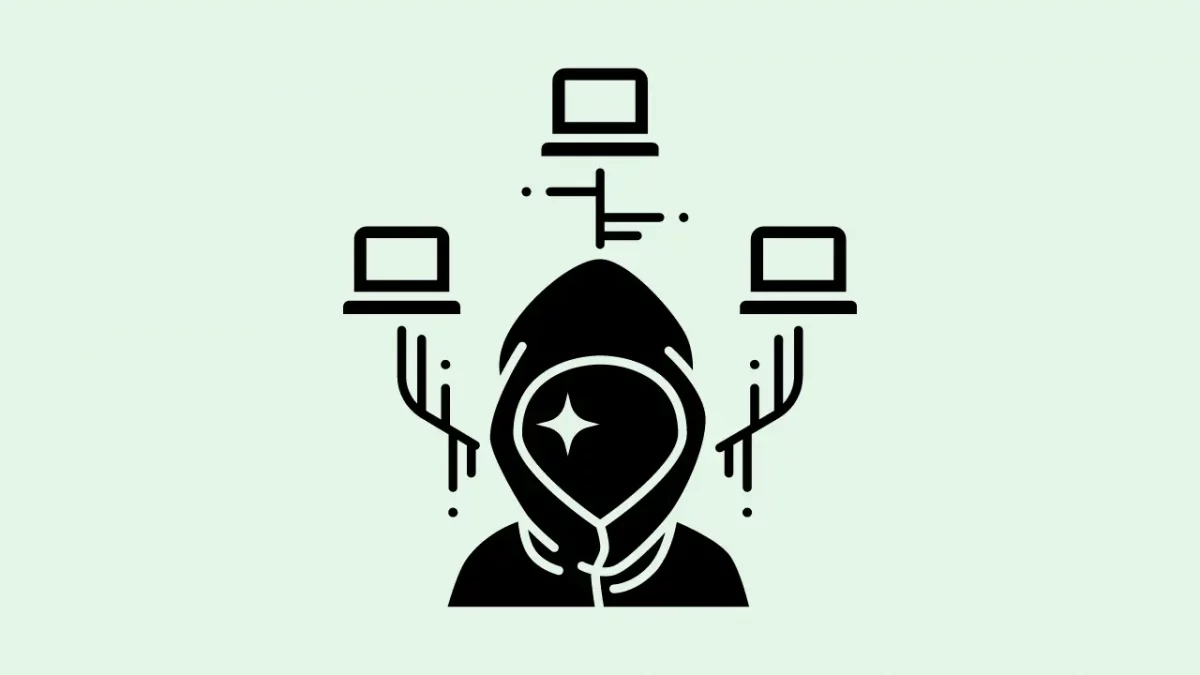
Black hat hackers are the “bad guys” of the hacking world. They engage in hacking activities with malicious intent, aiming for personal gain or to cause harm. Their actions often involve stealing data, distributing malware, or conducting cyberattacks. The 2017 Equifax data breach is a notable case of black hat hacking. Hackers infiltrated Equifax’s systems, compromising the personal and financial data of millions of individuals for potential financial gain.
White Hat Hacking
White hat hackers, on the other hand, are the “good guys.” They use their hacking skills for ethical purposes, such as identifying vulnerabilities in systems and improving security. These individuals are often employed by organizations to test and enhance their cybersecurity measures.
The company Bugcrowd runs a platform where white hat hackers can responsibly disclose vulnerabilities they find in various organizations’ systems, helping those organizations fix security flaws before black hat hackers can exploit them.
Gray Hat Hacking
Gray hat hackers operate in a morally ambiguous space, blending both ethical and unethical hacking practices. They may discover vulnerabilities without authorization but later disclose them to the affected organization, sometimes in exchange for rewards.
In 2017, a gray hat hacker discovered a security flaw in the popular video game Overwatch. They reported it to Blizzard Entertainment and received in-game credits as a reward for their efforts.
Hacktivism
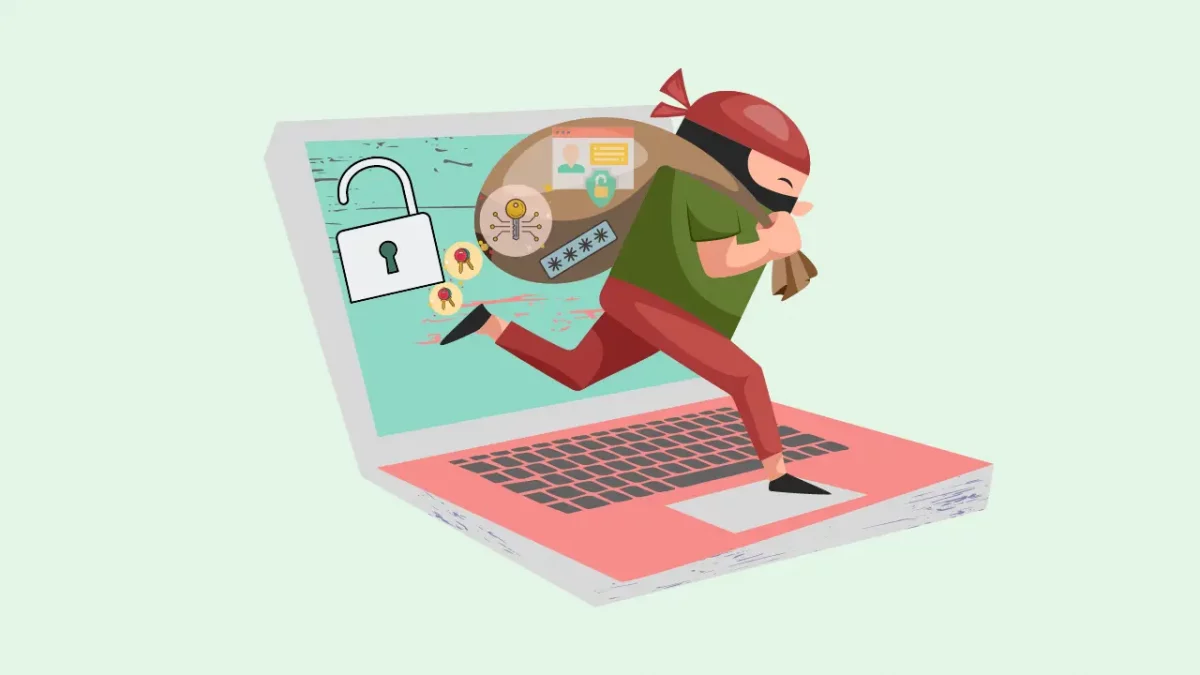
Hacktivists are hackers who engage in cyber activities to promote political or social causes. While their intentions may be rooted in activism, their methods often involve hacking, defacing websites, or exposing sensitive information. The hacktivist group Anonymous is well-known for its actions in support of various causes. They’ve targeted websites, governments, and organizations to draw attention to issues like censorship, corruption, and human rights violations.
Script Kiddies
Script kiddies are novice hackers who lack in-depth technical knowledge but use existing hacking tools and scripts to launch attacks.
They typically engage in hacking activities for personal satisfaction or to impress peers. In 2000, the “ILOVEYOU” worm, created by script kiddies, spread rapidly through email systems, causing widespread damage by deleting files and stealing passwords.
These five types of hacking illustrate the wide spectrum of motivations and actions within the hacking community. It’s important to note that hacking is not inherently good or bad; it depends on the intentions and actions of the individuals involved.
Motivations Behind Hacking
Hacking, like any other human activity, is driven by a range of motivations that can vary widely among individuals and groups. Understanding these motivations provides insight into why people engage in hacking activities:
- Financial Gain
- Curiosity and Challenge
- Activism and Idealism
- Revenge and Retaliation
- Challenge and Notoriety
- State-Sponsored Espionage
- Thrill-Seeking and Adrenaline Rush
The motivations behind hacking are diverse and complex, reflecting a combination of psychological, ideological, and personal factors. These motivations underscore the importance of addressing not just the technical aspects of hacking but also the underlying human factors that drive individuals to engage in hacking activities.
Hacking Techniques
Hacking encompasses a wide range of techniques and tools, each designed to achieve specific goals. Here, we’ll explain some common hacking techniques and tools, along with how they are used by different types of hackers:
Phishing
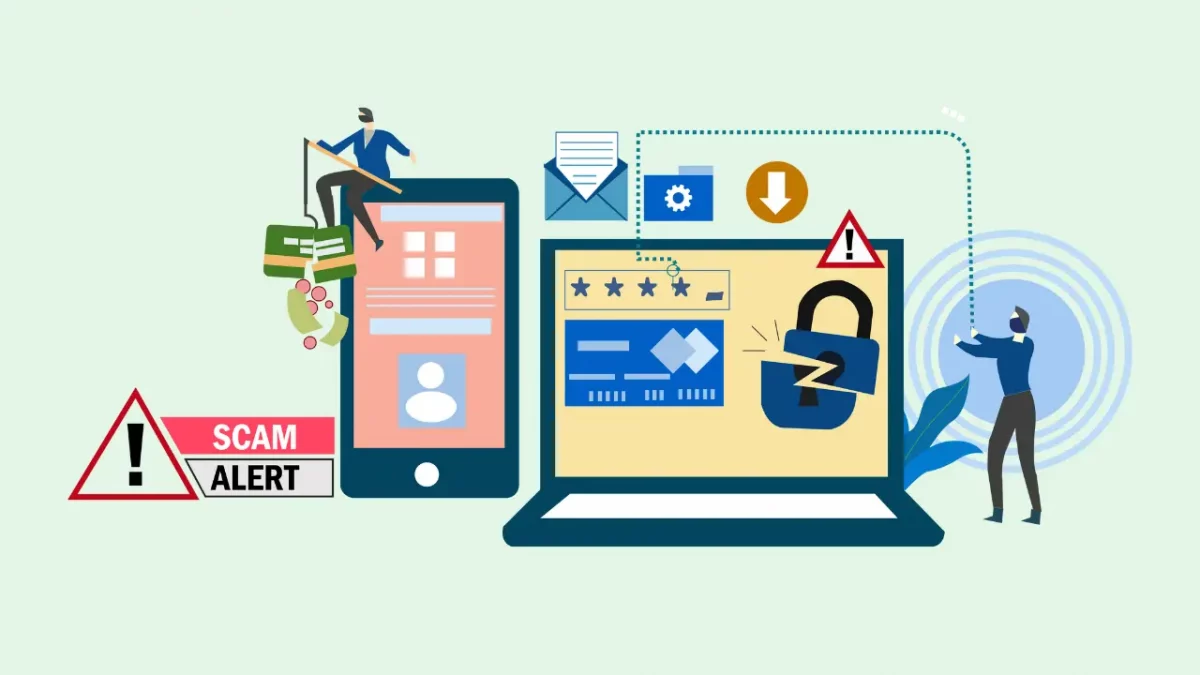
Phishing is a technique where hackers send deceptive emails, messages, or websites that appear legitimate to trick recipients into revealing sensitive information, such as passwords, credit card numbers, or personal details. They pretend to be trustworthy, but they’re not. So, be careful and check if emails or messages are really from who they say they are. Don’t share your secrets with these tricksters, or you might lose your money or have your personal stuff taken. It’s important to be smart online and not fall for their tricks.
Use by Different Hackers
Black Hat Hackers: Use phishing to steal personal information for financial gain or to commit identity theft.
Hacktivists: May use phishing to gather information on individuals or organizations they target for activism.
Gray Hat Hackers: Could employ phishing to identify vulnerabilities and raise awareness of security weaknesses.
Malware (Malicious Software)
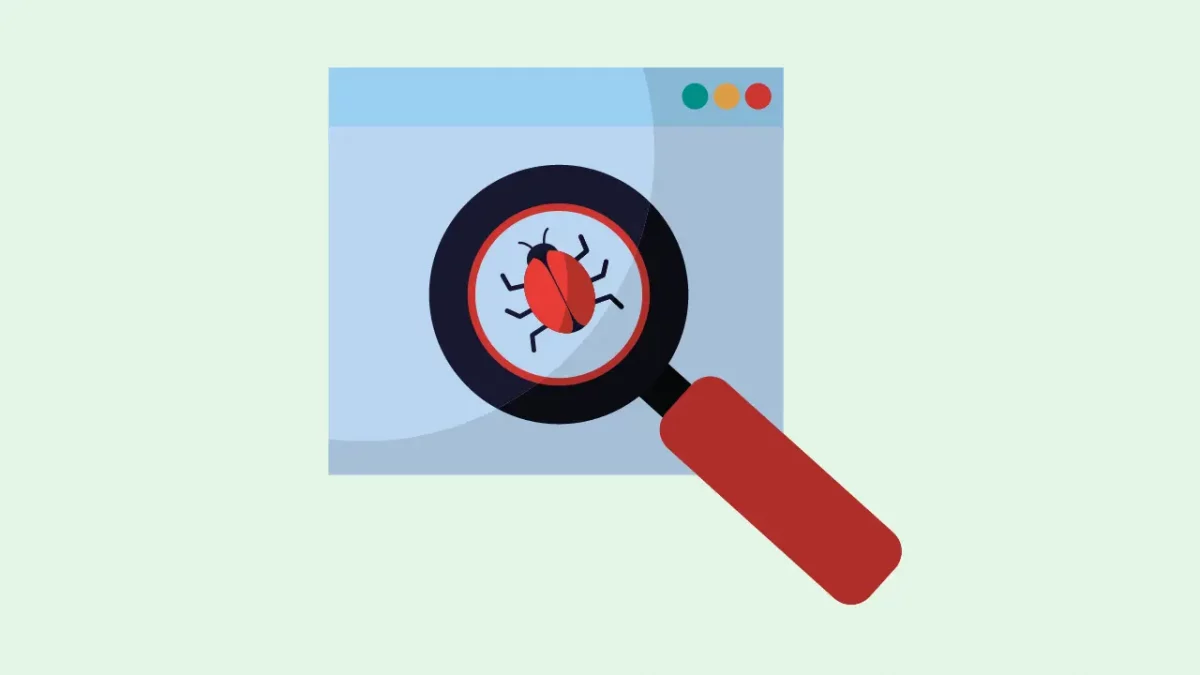
Malware, short for “malicious software,” is a type of software created with harmful intentions to damage or compromise computer systems. It comes in various forms, such as viruses, worms, Trojans, ransomware, and spyware. Viruses and worms can spread through computers, causing problems like data loss or system crashes.
Trojans disguise themselves as legitimate software but then harm your system or steal your information. Ransomware can lock you out of your own computer until you pay a ransom. Spyware silently watches what you do on your computer, invading your privacy.
Protecting your computer against malware involves using antivirus software, being cautious about downloads, and regularly updating your system to stay safe in the digital world.
Use by Different Hackers
Black Hat Hackers: Develop and distribute malware to compromise systems, steal data, or disrupt operations for financial gain or malicious intent.
Hacktivists: May use malware to target entities they oppose, aiming to disrupt or expose sensitive information for political or social reasons.
White Hat Hackers: Use malware in controlled environments for testing and improving cybersecurity.
Social Engineering
Social engineering involves manipulating people into divulging confidential information or performing actions that compromise security. It often relies on psychological manipulation and trust-building.
Imagine someone pretending to be your friend or a trusted authority figure, coaxing you into sharing sensitive details like your passwords or bank information. Social engineers exploit human tendencies, such as the desire to help or trust others, to deceive individuals, and to breach security.
Protecting yourself from social engineering requires skepticism and caution. Always verify the identity of anyone requesting sensitive information and be cautious when sharing personal data, especially online. By staying vigilant, you can thwart these clever schemes and keep your information safe.
Use by Different Hackers
Black Hat Hackers: Employ social engineering to gain unauthorized access to systems or steal sensitive data by tricking individuals.
White Hat Hackers: Use social engineering techniques as part of ethical hacking engagements to test an organization’s vulnerability to such attacks.
Gray Hat Hackers: May use social engineering to uncover vulnerabilities and notify organizations about them.
Brute Force Attacks
Brute force attacks are a persistent method where hackers systematically test every conceivable combination of passwords or encryption keys until they hit upon the correct one. While this approach can be time-consuming, it’s remarkably effective, especially against weak or easily guessable passwords.
Imagine trying to unlock a door by trying every possible key until one finally fits the lock. Brute force attacks work similarly. They rely on sheer perseverance and computational power to crack passwords or gain access to protected systems.
To defend against brute force attacks, it’s crucial to use strong, complex passwords, employ multi-factor authentication whenever possible, and limit login attempts to thwart hackers’ relentless guessing games.
Use by Different Hackers
Black Hat Hackers: Employ brute force attacks to gain unauthorized access to systems, steal information, or commit fraud.
Gray Hat Hackers: May use brute force techniques to demonstrate security weaknesses to organizations.
White Hat Hackers: May perform authorized brute force testing to assess the strength of an organization’s security measures.
These hacking techniques are versatile and can be adapted for various purposes, depending on the hacker’s intent. It’s essential to understand these techniques to recognize and defend against them in an increasingly digital and interconnected world.
Hacking and Cybersecurity
The world of hacking is like a never-ending cat-and-mouse game between hackers and cybersecurity professionals. In this digital age, where our lives are deeply intertwined with technology, this battle has become a pivotal aspect of our security and privacy.
The Importance of Cybersecurity
Cybersecurity is paramount in preventing and mitigating hacking attacks. Here’s why it matters:
- Protecting Sensitive Data
- Ensuring Business Continuity
- National Security
- Preserving Trust
Cybersecurity Best Practices
For individuals and organizations, following cybersecurity best practices is crucial:
- Strong Passwords
- Regular Updates
- Multi-Factor Authentication (MFA)
- Awareness and Training
- Data Backup
- Firewalls and Intrusion Detection
- Incident Response Plan
- Regular Audits and Testing
- Secure Development Practices
- Encryption
The cat-and-mouse game between hackers and cybersecurity professionals will continue indefinitely. Staying vigilant, informed, and proactive is essential for individuals and organizations to navigate this digital landscape safely and securely.
Famous Hacking Incidents
Over the years, several high-profile hacking incidents have shaken the cybersecurity landscape and raised public awareness about the importance of digital security. Here are some notable examples:
Stuxnet Worm (2010)
Stuxnet is a computer worm believed to be developed jointly by the United States and Israel. It targeted Iran’s nuclear program, specifically its uranium enrichment centrifuges, causing physical damage to the infrastructure. Stuxnet was a wake-up call to the potential for cyberattacks to disrupt critical infrastructure. It highlighted the need for enhanced security in industrial control systems (ICS) and introduced the world to the concept of state-sponsored cyberattacks.
Sony Pictures Hack (2014)
Hackers, allegedly linked to North Korea, infiltrated Sony Pictures Entertainment, leaking confidential data, unreleased movies, and embarrassing emails. They demanded the cancellation of the film “The Interview.”
The Sony hack exposed the vulnerability of major corporations to cyberattacks and the potential risks to intellectual property and sensitive information. It prompted discussions about cybersecurity in the entertainment industry.
Equifax Data Breach (2017)
Equifax, one of the largest credit reporting agencies, suffered a massive data breach that exposed the personal and financial information of around 147 million people. The breach was caused by an unpatched vulnerability.
The Equifax breach highlighted the severe consequences of data breaches, including identity theft and financial fraud. It underscored the importance of timely security updates and robust cybersecurity practices.
WannaCry Ransomware (2017)
The WannaCry ransomware attack spread globally, infecting computers running Microsoft Windows. It encrypted files and demanded a ransom for decryption, affecting healthcare systems, businesses, and government agencies.
WannaCry demonstrated the global reach and destructive power of ransomware attacks. It emphasized the need for cybersecurity hygiene, regular software updates, and preparedness against such threats.
SolarWinds Cyberattack (2020)
The SolarWinds cyberattack compromised the software supply chain of SolarWinds, a leading IT management company. Hackers injected malicious code into software updates, enabling them to infiltrate thousands of organizations, including government agencies.
The SolarWinds incident exposed the vulnerability of supply chain attacks and the extent to which nation-state actors could compromise critical infrastructure and national security. It triggered a reevaluation of cybersecurity practices across industries.
These famous hacking incidents serve as stark reminders of the persistent cybersecurity threats in today’s digital world. They emphasize the crucial importance of vigilance, proactive security measures, and rapid incident response.
As technology continues to advance, individuals, organizations, and governments must remain vigilant, prioritize cybersecurity, and adapt to the evolving landscape of cyber threats to protect their digital assets and sensitive information.
Start learning Ethical Hacking & Cybersecurity Course, designed especially for beginners.
Conclusion
We’ve seen famous hacking stories that show us how important it is to be careful online. Hacking can have big consequences, from stealing information to causing chaos.
Remember, it’s crucial to be safe online. Use strong passwords, update your computer regularly, and think twice before clicking on suspicious things. And always consider what’s right and wrong when it comes to hacking. Be one of the good guys in the digital world!
FAQs
White hat hacking is done by ethical hackers who use their skills to find and fix security vulnerabilities, making systems more secure. Black hat hacking, on the other hand, involves malicious hackers who break into systems for personal gain, causing harm, or stealing information.
No, not all hackers are criminals. Some hackers, known as white hat hackers, use their skills for good, helping organizations improve their cybersecurity. However, there are also black hat hackers who engage in illegal activities.
You can protect yourself by using strong, unique passwords, keeping your software and antivirus up to date, being cautious about suspicious emails and links, and using multi-factor authentication when possible. It’s also essential to stay informed about cybersecurity best practices.





















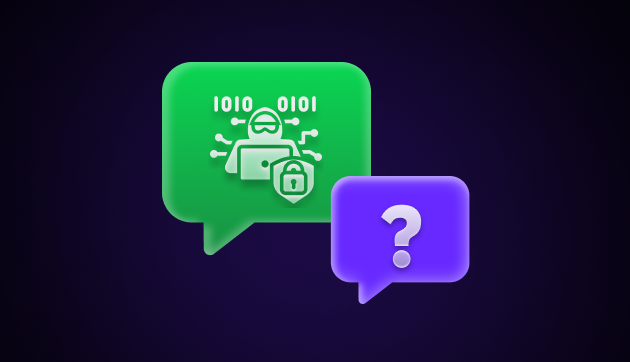

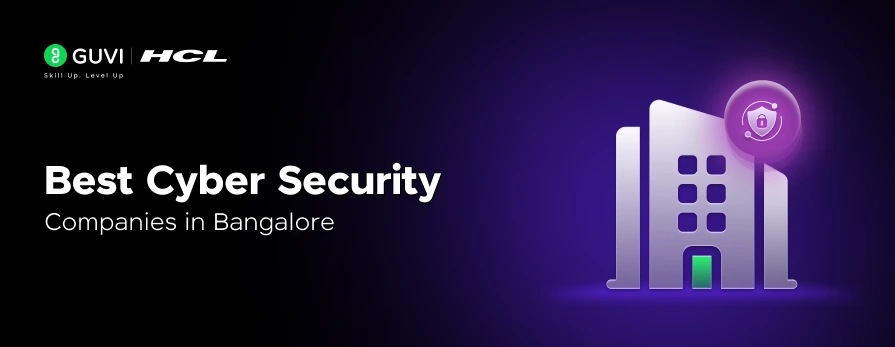
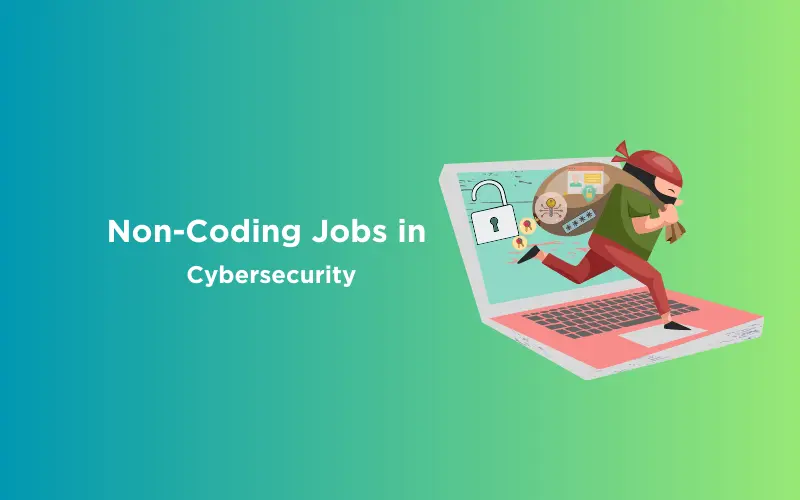

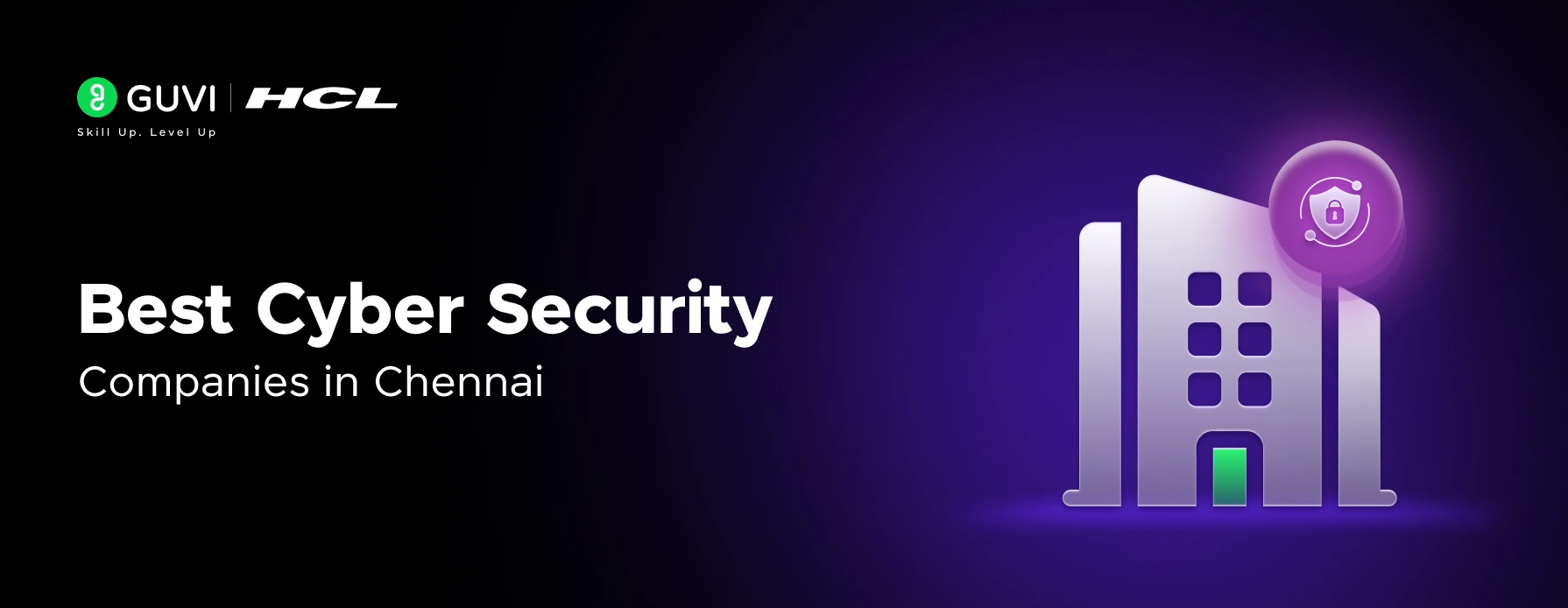
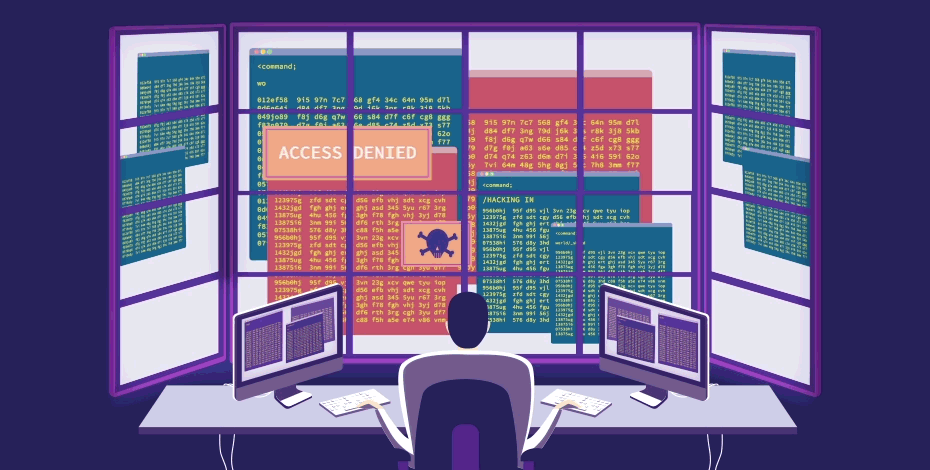


Did you enjoy this article?